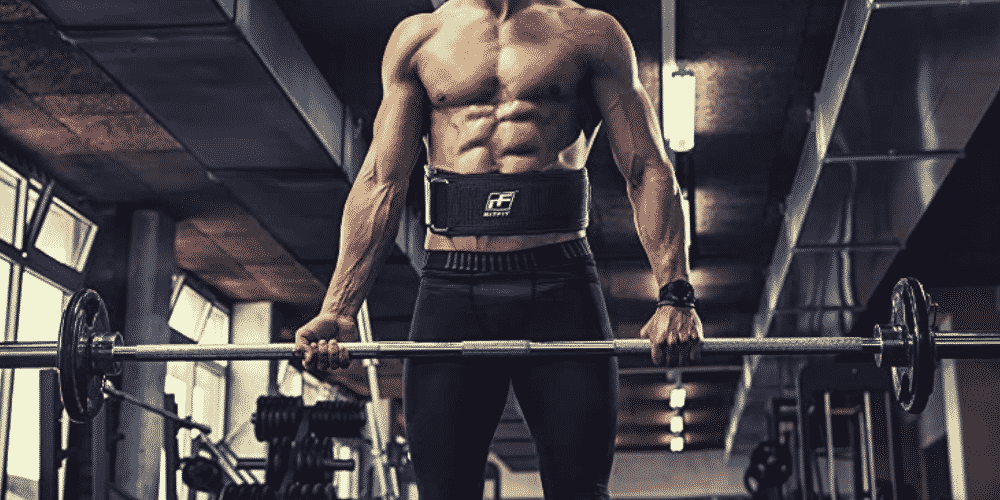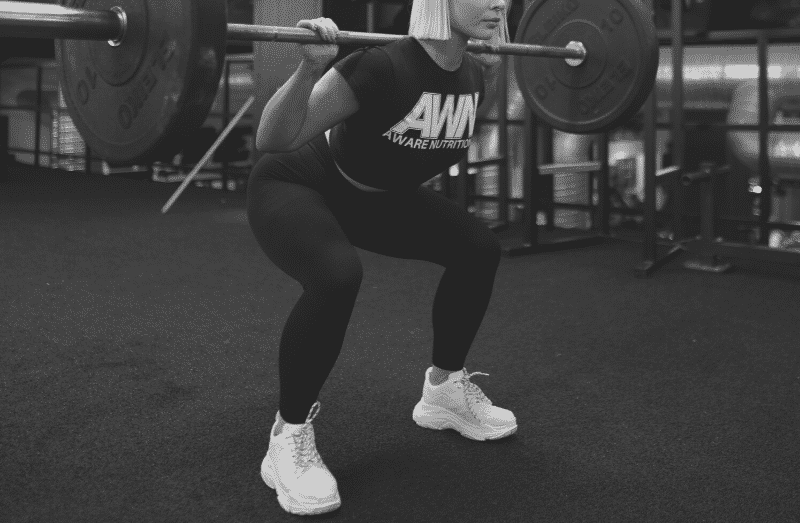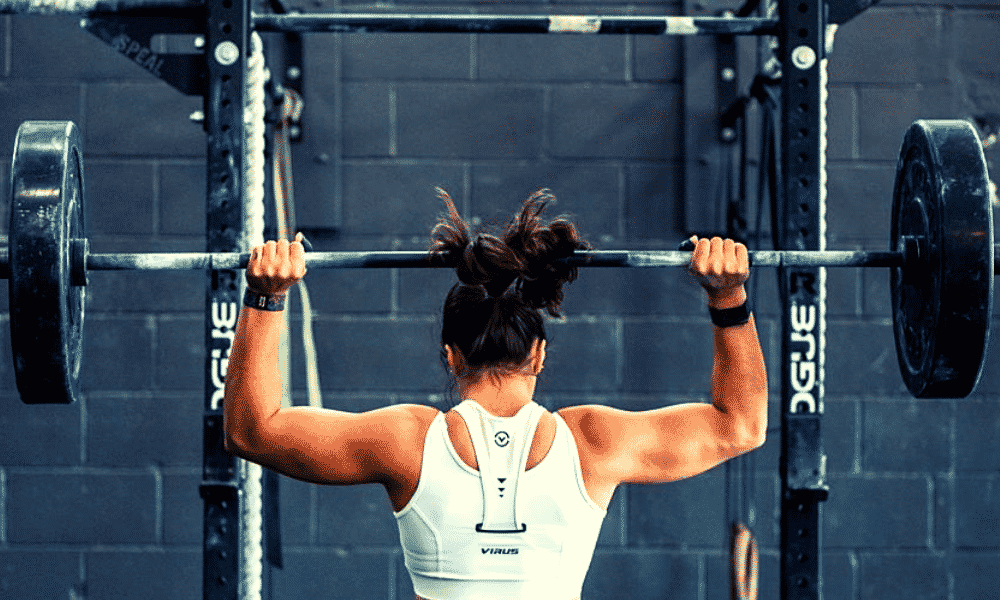Misusing gym equipment is unsafe.
It's as dangerous as using weight lifting accessories when they’re unnecessary.
Weight lifting belts provide support and stability during certain lifts. But not all exercises need a weight lifting belt.
Although it's a simple piece of lifting equipment, you may be unsure which exercises to use belts for.
Generally, exercises best to use your weightlifting belt for include compound lifts. Any lift requiring your whole body’s strength will require a lifting belt. The more demanding a lift is, the more benefits you will feel from a weightlifting belt.
We break down 5 of the most common exercises lifters should be using with their belt . For all other exercises we provide you a guide on how to identify when you need a belt.
Before we move on to the exercises, one thing should be clear. If you feel you need to wear a lifting belt for safety reasons, go ahead, I recommend it.
On the contrary, if you don’t need a weight belt during the following exercises, don’t use it.
Best Lifts to Use A Weight Lifting Belt For

1. Deadlifts
Arguably the king of all lifts and certainly my favorite, the deadlift is a compound movement. Deadlifts involve picking up a dead weight from the ground to your mid-thigh. This lift requires pure strength. If you don’t know your basics, you will harm yourself.
Using a lifting belt will give you support and stability during the deadlift. You will feel safer and prevent injury with a lifting belt. A great lifting belt for deadlifts is the Stoic Powerlifting Belt.
2. Squats
Whether you love or hate squats, this exercise has great benefits to overall strength. Front squats or back squats will provide you explosive leg power. The exercise involves carrying a weight on the upper back and squatting down.
You need to have your bracing and breathing techniques down solid. Your spine is also under a lot of compression.
A lifting belt will help you brace more during the descent. You’ll be able to lift better with a rigid core. One of the other benefits of a weight lifting belt during squats is it helps you keep upright.

3. Bench Press
You’re probably thinking why would I need a belt for my bench press? Well, don’t forget that the bench press is a compound movement. You’re not only using your chest and triceps. The exercise also uses your front deltoids, glutes, and most importantly your core.
The bench press involves bracing when you lower the weight. A belt will help you brace better during this portion of your lift. The lower back portion of a lifting belt will also prevent you from overarching your spine.
4. Clean and Jerk
If you’ve seen Olympic weightlifting on TV you’ll notice every Olympian wears a belt. The Clean and Jerk involves keeping the weighted bar upright while it comes falling. Sounds dangerous but it's only unsafe if you don’t follow proper technique.
Similar to the squat, you need great core strength and bracing power. A belt can help during the lift and increase IAP to prevent your torso from crushing.
5. Overhead Press
Another pressing movement makes this list because of the heavy core recruitment required. The overhead press involves lifting a weight from shoulder height to above your head. This is a compound movement if you ever saw one. You need to keep your balance with a tight core while contracting your glutes.
With a belt, you’ll be able to increase your core activation and lift with stability. The added benefit of a lifting belt is the ability to keep upright and not fall over with a weight above your head.

When to Use Your Weight Lifting Belt
There are other exercises you can use a weight lifting belt for and reap the benefits. The two key factors to remember are: safety and bracing strength.
Safety
If you’re performing a lift and feel a belt will help with injury prevention, use it. A lifting belt’s secondary purpose is to provide support to your spine. With a belt, any pressure on the spine will displace during a lift.
Using a belt during CrossFit will help you keep your torso upright and prevent lower back injury. Any time you think a belt will help with your injury prevention you should not think twice about using a belt.
Bracing Strength
The next factor you should consider for an exercise is if bracing will help you lift the weight better. For instance, during a regular gym visit I see lifters use a belt for barbell rows. This movement involves lifting a weight from arms extended to your lower abdomen while bent over. Due to the core activation involved in this exercise, a lifting belt helps you brace and lift more.
The only exercises I wouldn’t do with a lifting belt would be ab focused movements. These include crunches, reverse crunches, and leg raises. The belt will interfere with your range of motion and limit full contraction. You will not get the full benefit of the ab exercise if you wear a belt.
Final Thoughts
Weight lifting belts help you in your lifting goals. But, don’t let misuse of your belt hinder your performance. Remember to use your belt for heavy lifts and during your heaviest set.
Whether you’re a weekend lifter or strongman, don’t stop learning about techniques. You can get gains and progress in your lifting career with a proper lifting belt.





